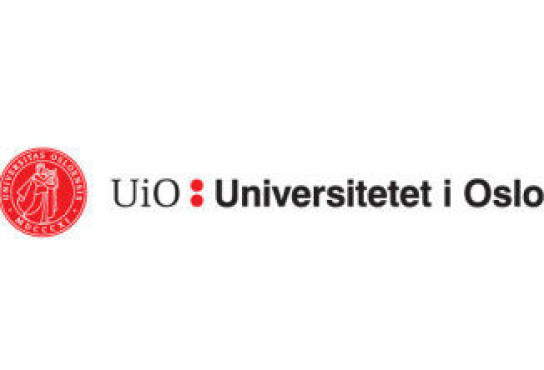THIS ARTICLE/PRESS RELEASE IS PAID FOR AND PRESENTED BY University of Oslo - read more

Mass extinction likely caused by lethal temperatures due to volcanic CO2 venting
Volcanic CO2 triggered the Permian extinction 252 million years ago. “This is highly relevant to present-day climate change,” professor says.
The Permian extinction, also called Permian-Triassic extinction or end-Permian extinction is the most severe biodiversity loss in Earth’s history. According to Britannica this extinction was characterized by the elimination of over 95 percent of marine and 70 percent of terrestrial species.
“For a period of time the whole planet was overheated. That quite likely contributed to this major killing of life on our planet,” says Professor Wolfram M. Kürschner at the University of Oslo.
The trigger of this event has been controversial, but a new study by Kürschner and colleagues, published today in PNAS, shows how a massive and rapid increase in CO2 caused by volcanism may have influenced the climate and marine and terrestrial ecosystems 252 million years ago.

“For a couple of years we have had good evidence for a dramatic temperature rise associated with the mass extinction. Until now we had only a limited understanding of the causes,” Kürschner says to Titan.uio.no.
Earth system modelling and carbon isotope records
The study has made calculations of the changes in the global carbon cycle by using an Earth system model. The model is fed with new compound specific carbon isotope records suggest that this massive release of carbon is a result of Siberian Traps volcanism. The carbon isotope record is dated by using astronomical cycles in order to better asses the rates of changes.
The biomarkers used for the carbon isotope analyses were lipids extracted from organic matter. This organic matter was produced by marine algae and land plants trapped in sedimentary rocks on the Finnmark Platform north of Norway.
“Until now it was difficult to pinpoint the source, the amount and the rate of the carbon released to the atmosphere. Our new model calculations suggest that the main source of carbon is mainly of volcanic origin as different carbon sources have very different carbon isotope signatures,” Kürschner explains.
The model calculations were further improved by including recent studies of seawater acidity (pH) based boron isotopes.
“Our calculations show that two major pulses of volcanic CO2 release are the main source for the rise in atmospheric CO2. It increased from about 400 ppmv to about 10.000 ppmv and thereby caused the very dramatic temperature rise at the time of end-Permian mass extinction event,” Kürschner says.
The sixth mass extinction and modern anthropogenic climate change
Human presence has contributed to a huge loss of biological diversity. It is by some called the sixth mass extinction. Climate changes plays an important part, but also for example the environmental pollution and the destruction of rain forests.
Kürschner thinks what happened more than 250 million years ago is highly relevant to the present-day climate change, despite being from the far geological past and being of a different magnitude.
“This event in the geological history can be used to better understand the effects of the current anthropogenic climate change, or as we geologist say: The past is the key to understand the future.”
Even if we stop using fossil fuels right now, the rise in atmospheric CO2 will still continue for the next decades before it levels out.
“This has an impact already now on our present climate as we have seen this summer with extreme weather conditions, for example the heavy rainfall and flooding in Germany, Belgium and The Netherlands, and the extreme heat and drought in southern Europe.”
“The effects will not be of such an extreme order as it was 250 million years ago, but it will absolutely influence the climate and the ecosystems on our planet,” Kürschner says.
Reference:
Ying Cui et.al.: Massive and rapid predominantly volcanic CO2 emission during the end-Permian mass extinction. PNAS, 2021.
See more content from the University of Oslo:
-
New, worrying trend among incels, according to researcher
-
Ship’s logs have shaped our understanding of the sea
-
New study: The dilemma of copyright in the Global South
-
How your lifestyle affects your risk of bowel cancer
-
Muslims were pagans, according to the Norse sagas
-
How a researcher is working to preserve Arabic music





































